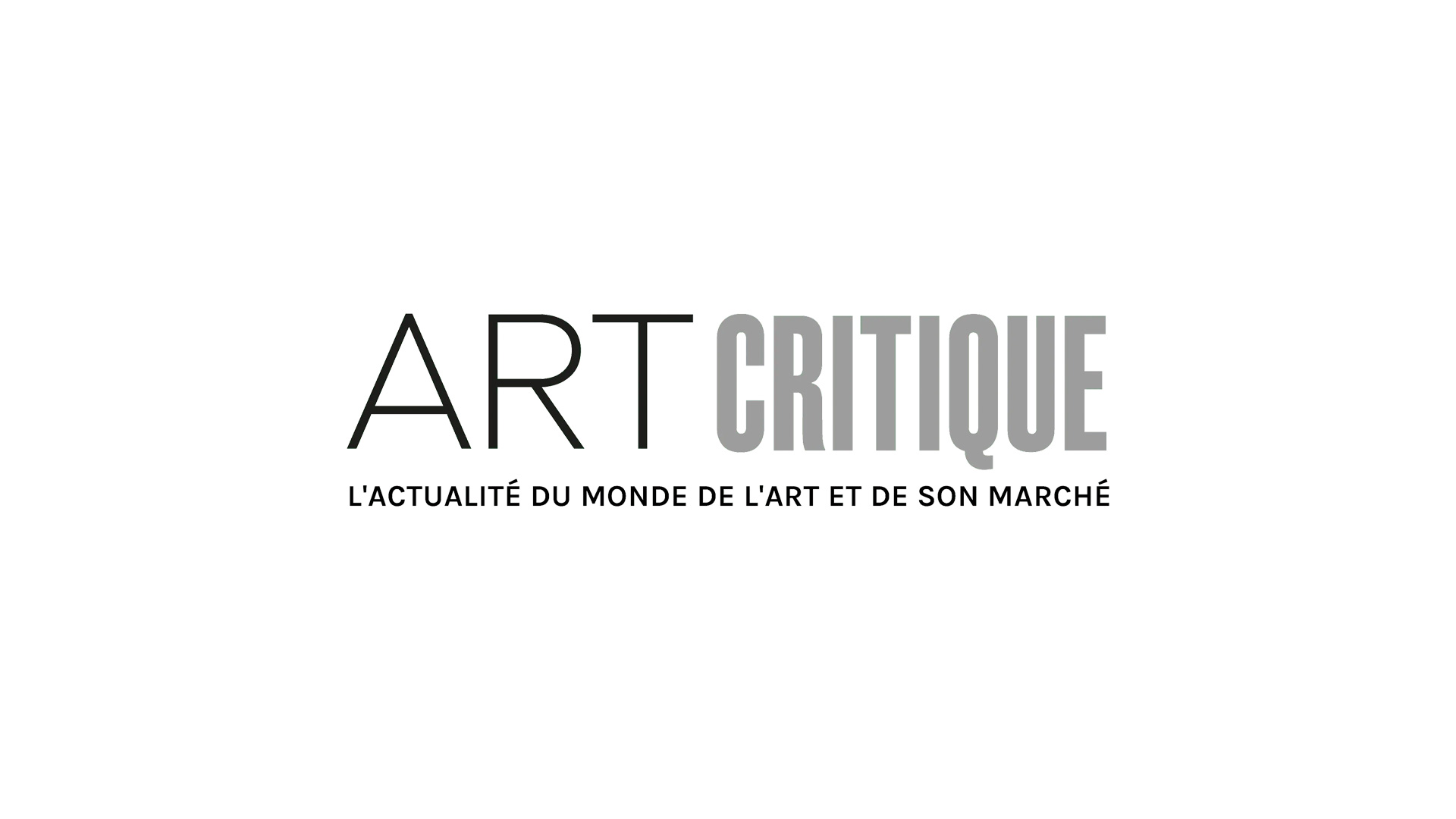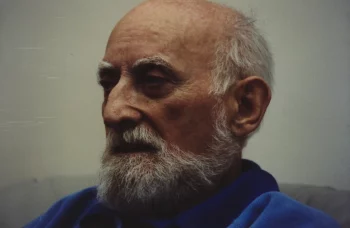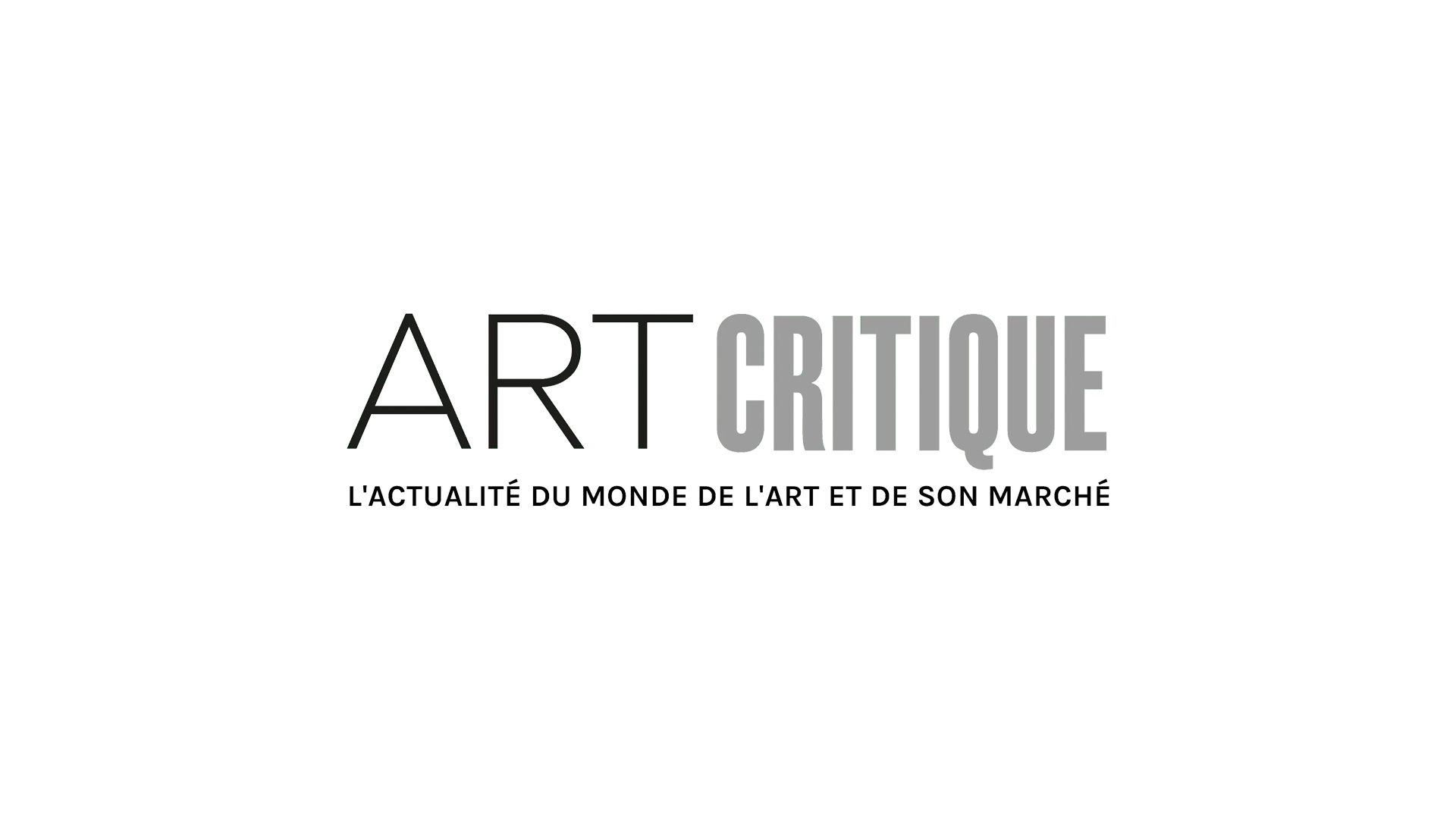You can’t lose something that never existed. That’s what some researchers have to say about a work by Leonardo da Vinci known as the “lost masterpiece.” While a full-scale cartoon for the work still exists of the artist’s 1504 The Battle of Anghiari, the actual painting and its location have been the subject of theories for decades. The latest theory on the topic, though, poses that da Vinci never actually painted the fresco.
Maurizio Seracini’s research has been leading the pack for many years. Thanks to him, it has been thought that the partially-completed da Vinci fresco, which is only known now by preparatory drawings and a 17th-century copy by Peter Paul Rubens, lay beneath the surface of one of the Palazzo Vecchio’s walls. However, research undertaken by art historians Roberta Barsanti, Gianluca Belli, Emanuela Ferretti, and Cecilia Frosinini and presented at meetings held by Florence’s Uffizi Galleries further suggests otherwise. Their technical analyses support claims by art historian Francesca Fiorani that the painting isn’t behind the wall because it doesn’t exist.
Having studied the painting since the mid-1970s, Seracini found a place in the Palazzo Vecchio where the da Vinci might be hidden behind a false wall. The main issue, though, is that the possible false wall is the home to Giorgio Vasari’s 1563 painting The Battle of Marciano. Seracini wanted to implement a series of high-tech tests to figure out, once and for all, if the da Vinci lay beneath the Vasari. In 2009, he began drilling holes in the Vasari, but amid public outcry, further drilling and testing were delayed a number of times before they were halted indefinitely in 2012.
Another key component to Seracini’s research, was the discovery of a specific black pigment at the wall that matched that used by da Vinci in the Mona Lisa. The connection could prove Seracini’s point, but, as pointed out by the group of art historians, that specific pigment was used widely by area artists at the time, so it didn’t mean a da Vinci was present. Moreover, Mauro Matteini, also an art historian, argued in the 2019 publication that the traces of black pigment could have come from the wall, itself, as opposed to an artwork.
The research performed by Barsanti, Belli, Ferretti, and Frosinini, published in 2019, supports the fairly straightforward and simple explanation to the mystery of the missing masterpiece laid out by Fiorani. According Fiorani, whose new book The Shadow Drawing: How Science Taught Leonardo to Paint will be released next month, the oil and gesso process long-thought to be part of da Vinci’s painting was instead part of the preparations for the fresco. If they were part of wall preparations, they would not have worked for the da Vinci painting. “Since the process to prepare the wall was not successful, Leonardo never painted on it,” Fiorani told Artnews. “This means that Leonardo’s battle existed only as a cartoon, never as paint on a wall.”
These new findings won’t stifle Seracini’s research and beliefs, though, and the search for the “lost masterpiece” will most assuredly continue.






